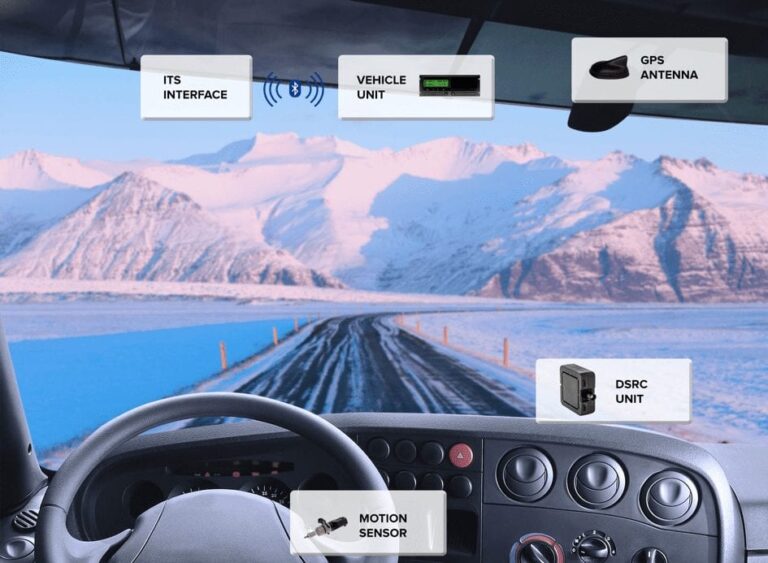In 2019, the European Union is planning to phase out the existing Digital Tachograph under the recent EU-regulation 165/2014 which enhances the Digital Tachograph, pushing for the use of a Smart Tachograph.
This includes the integration of GNSS, which provided geographical positioning, DSRC for Remote Enforcement. ITS integration via Bluetooth is optional and as is an update of the cryptography used.
“Using tachograph for recording distance, speed and truck driver working hours has a long tradition within the European Union to increase road safety, improve working conditions and provide fair competition,” says Peter Tschulik, business unit director, NORBIT ITS.
From mid 2019 and onwards, the use of the Smart Tachograph will become mandatory for all new registered trucks in the European Union. “All current Tachograph suppliers are believed to introduce new generations of tachographs to fulfill the requirements of Smart Tachographs,” says Tschulik. “Some of them are already cooperating with Norbit to provide the best DSRC solution for Remote Tachograph Monitoring, and contracts are expected to be signed soon.”
Per Jørgen Weisethaunet, CEO of Norbit says: “Our technology for dedicated short-range communication and our long-term experience as supplier for the automotive industry make it possible to customize our DSRC module for this new application”.
Where the main part of the Smart Tachograph is a vehicle unit, which will typically be built into the dashboard of the truck, the “DSRC device in the truck has to be mounted on the windshield or dashboard and will typically be connected to the vehicle unit via an independent CAN interface. Power will be supplied to the windshield module by the tachograph vehicle unit,” explains Tschulik.
By switching to Smart Tachograph which uses DSRC (Dedicated Short Range Communication) technology will promote proper driving behaviour as it will make the checking process much more targeted. Likewise, companies and truck drivers will be able to avoid time-consuming and unplanned stops at specific locations.
Road authorities also benefit from this as costly truck checking points at the motorways may become obsolete. “Instead, enforcement vehicles all around Europe will be equipped with mobile enforcement technology for increased efficiency of on-the-road checks. Fixed enforcement installations at borders, at traffic junctions or for random checks at the road-side can also be used,” says Tschulik.





